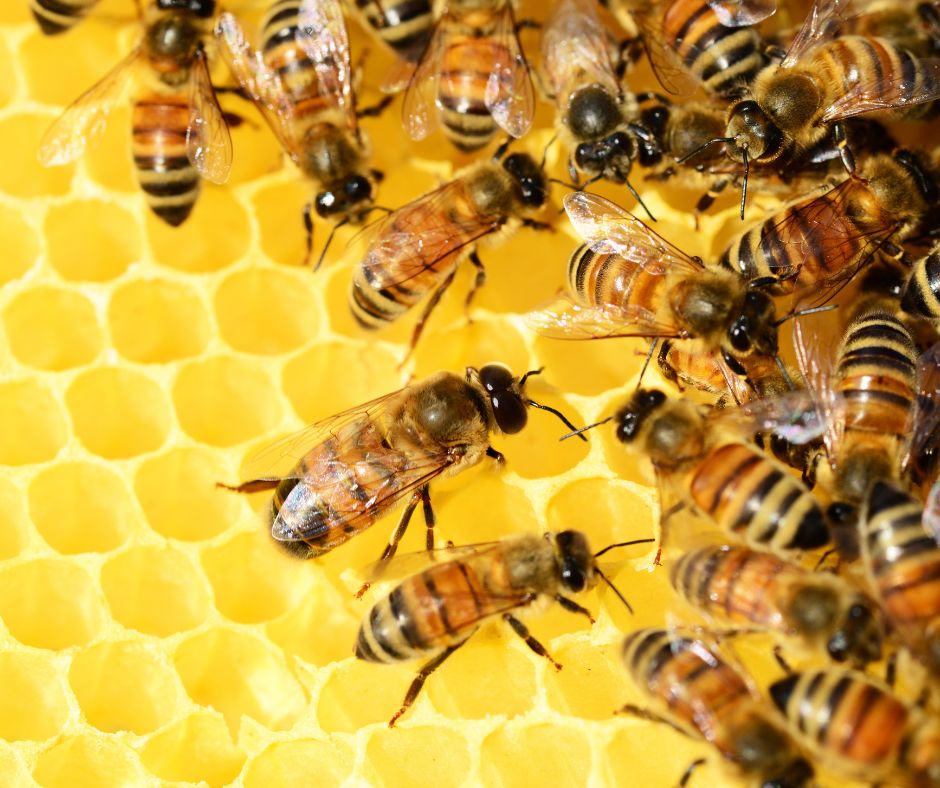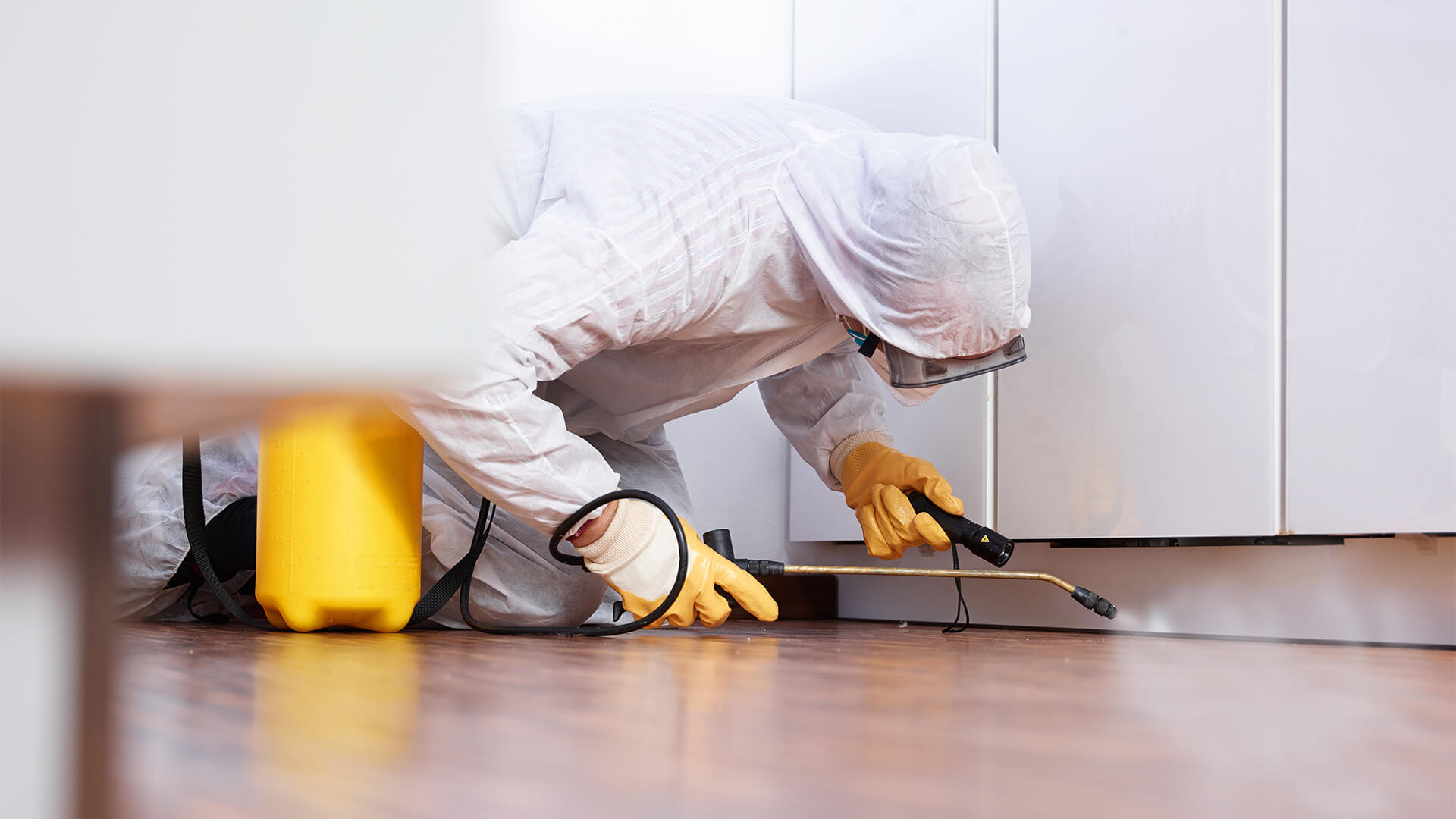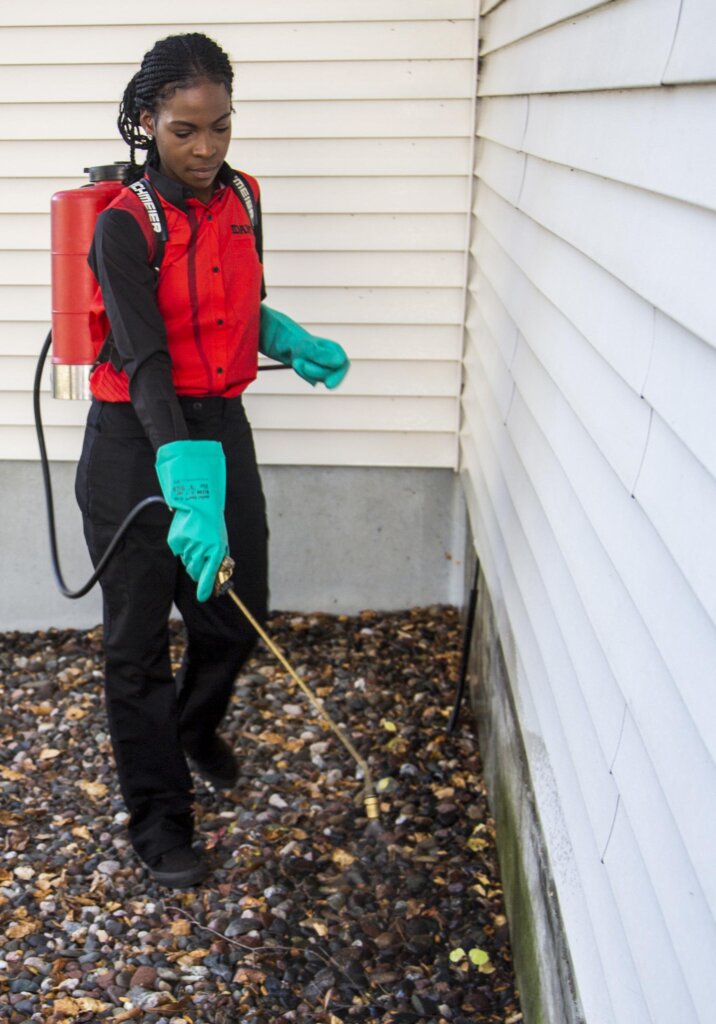Learn More About the most recent Advances in Insect Control and Exactly How to Carry Out Reliable Therapy Solutions
In current years, the area of bug control has seen substantial developments, driven by the need for sustainable and effective treatment remedies. Ingenious techniques such as Integrated Insect Monitoring (IPM) combine environmentally friendly techniques with sophisticated innovation, boosting both effectiveness and environmental duty.
Eco-Friendly Bug Control Options
In recent times, the need for green parasite control options has risen as home owners and organizations alike seek lasting choices to traditional chemical therapies. This shift is driven by expanding environmental awareness and a need to minimize the wellness threats linked with artificial chemicals.

Green insect control approaches include a series of approaches that prioritize making use of natural materials and methods. Integrated Parasite Management (IPM) is one such method, integrating biological, cultural, and mechanical tactics to take care of bug populaces while decreasing dependence on chemicals (Wildlife removal services). This all natural technique emphasizes avoidance through environment manipulation and the intro of natural predators, thus cultivating a well balanced community
Another prominent alternative is the usage of botanical chemicals stemmed from plants, which often tend to be less unsafe to non-target organisms. Products like neem oil and diatomaceous planet have obtained grip for their effectiveness in controlling pests while presenting minimal dangers to human health and the atmosphere.
Furthermore, exemption methods, such as sealing entry factors and preserving sanitation, play a critical role in eco-friendly parasite management. By embracing these sustainable techniques, people and businesses can effectively take care of pests while advertising a much healthier planet for future generations.
Smart Innovation in Bug Management
Development is reshaping the landscape of bug monitoring, with clever modern technology arising as a pivotal force in enhancing efficiency and effectiveness - Wildlife removal services. The combination of Web of Things (IoT) gadgets, expert system (AI), and information analytics is transforming just how bug control professionals approach invasions
Smart catches outfitted with sensing units can detect pest activity in real-time, sending out instant notifies to drivers. This enables timely actions, lessening damages and reducing the need for comprehensive treatments. Furthermore, AI formulas analyze historic information to anticipate parasite actions, enabling proactive interventions based upon environmental conditions and invasion patterns.
Drones and automatic lorries are likewise playing a significant role in bug monitoring, supplying aerial analyses of large locations, recognizing hotspots, and even dispersing targeted therapies. These technologies not only enhance operations yet additionally boost safety and security by restricting human direct exposure to possibly hazardous chemicals.
Moreover, mobile applications empower customers to monitor parasite activity and access expert advice, cultivating a collective approach to pest monitoring. On the whole, the adoption of wise innovation is establishing a brand-new standard in bug control, emphasizing data-driven choices and sustainable practices that ultimately profit both experts and homeowners alike.
Integrated Pest Management Strategies
Integrated Parasite Monitoring (IPM) utilizes an all natural strategy to pest control, combining numerous approaches to successfully handle pest populations while lessening dangers to human health and the atmosphere. IPM focuses on comprehending the pest life process, their natural adversaries, and the community in which they thrive.
One of the essential components of IPM is monitoring pest populaces via routine inspections and information collection. This permits the identification of parasite thresholds, figuring out when intervention is necessary. Social methods, such as crop habitat, turning, and sanitation manipulation, are important in reducing insect prevalence and promoting plant health.
Mechanical controls, including catches and obstacles, are also important in IPM. These techniques can literally remove or discourage bugs without making use of chemicals. When needed, the wise application of chemical controls is utilized, concentrating on targeted therapies that lessen ecological effect.
Education and partnership among stakeholders, including farmers, insect control experts, and the area, are critical for the effective application of IPM approaches. By focusing on lasting methods, IPM not just addresses pest problems however additionally promotes a healthier environment.
Biological Control Techniques
Many organic control techniques are progressively acknowledged for their performance in managing bug populations while promoting eco-friendly equilibrium. These methods harness all-natural killers, bloodsuckers, and pathogens to minimize pest numbers without depending on artificial chemicals. For instance, the introduction of ladybugs can successfully regulate aphid populaces, while nematodes target soil-dwelling insect larvae.
Additionally, using microbial pesticides, such as Bacillus thuringiensis (Bt), supplies an ecologically pleasant option for handling caterpillar pests. These items particularly target pest varieties, decreasing injury to useful pests and pollinators. In addition, preservation organic control highlights improving environments view website for all-natural adversaries, such as birds and advantageous bugs, therefore urging their visibility in agricultural systems.
Research study remains to expose cutting-edge approaches within this area, such as the usage of scents to interrupt pest mating patterns or the advancement of biocontrol agents through genetic modification. Implementing these approaches can cause sustainable insect monitoring practices that minimize the dependence on chemical treatments, inevitably cultivating healthier ecosystems. As recognition of these methods expands, they are becoming important elements of integrated insect management (IPM) strategies, providing an equilibrium in between effective pest control and ecological stewardship.
Do It Yourself Bug Control Solutions
As homeowners look for effective ways to take on pest problems, do it yourself bug control options have acquired popularity for their availability and home free pest control cost-effectiveness. These techniques empower people to address problems utilizing readily offered products and methods, frequently without the requirement for professional intervention.

In addition, preserving appropriate cleanliness and regular assessments can avoid insect entrance and nesting (Wildlife removal services). Straightforward practices, such as securing cracks, removing food sources, and decluttering, can significantly diminish bug populations. Catches, both homemade and commercially offered, can also offer efficient services for surveillance and managing particular insects like bugs or rats

Conclusion
The assimilation of environment-friendly insect control options, smart technology, and ingenious administration techniques provides a comprehensive strategy to effective bug administration. By accepting Integrated Bug Monitoring (IPM) and using biological control methods, alongside do it yourself options, liable and sustainable bug control can be achieved. These innovations not only improve the efficiency of pest management practices but additionally add to a much healthier atmosphere. Applying these techniques fosters a well balanced ecological community while successfully addressing pest populations.
Environment-friendly parasite control techniques include an array of methods that focus on the use of natural materials and rodent infestation methods. Integrated Insect Administration (IPM) is one such method, combining organic, social, and mechanical tactics to handle bug populaces while lowering dependence on chemicals. As recognition of these strategies grows, they are ending up being indispensable components of integrated parasite management (IPM) strategies, using a balance in between effective pest control and environmental stewardship.
The combination of environment-friendly bug control alternatives, clever technology, and ingenious monitoring approaches presents a detailed approach to efficient bug monitoring. By embracing Integrated Pest Management (IPM) and utilizing biological control techniques, alongside DIY services, sustainable and accountable insect control can be attained.